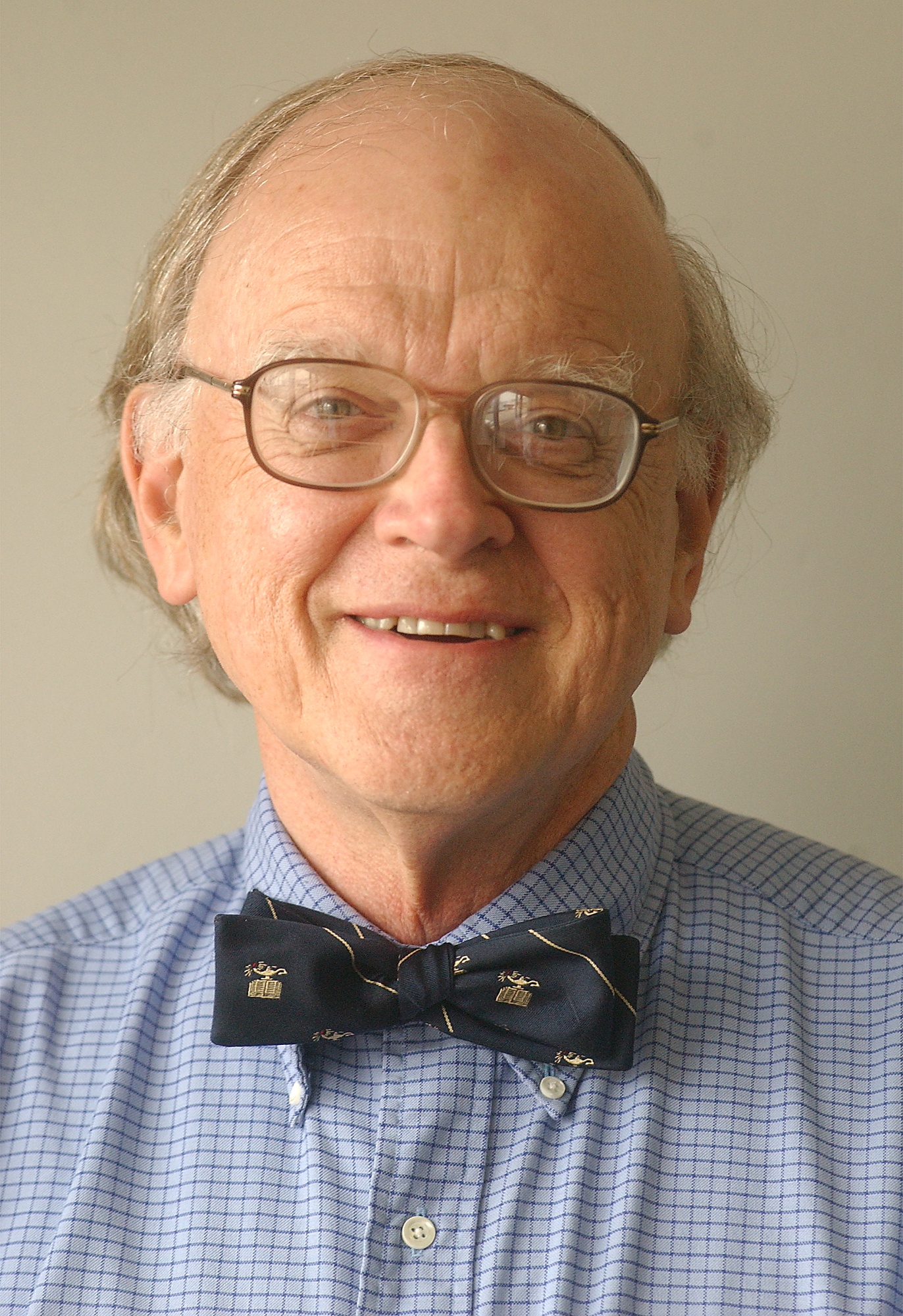Cleaveland: Dilemmas at life's far end
Thursday, November 14, 2013
Advances in medical science have led to steady increases in our life expectancy. Since 1950, the life expectancy of American women has increased from 71 to 81 years. For men, the increase has been from 65.6 to 75.5 years.
For some seniors and their families, the added years have presented complex situations for which there are no easy answers.
Katy Butler in her important new book, "Knocking on Heaven's Door: The Path to a Better Way of Death," details one such dilemma. Beginning in 2001, a series of strokes led to worsening dementia for her 79-year-old father. Her 77-year-old mother devoted herself to his care, cobbling together a network of helpers so that he could remain at home. Placement in a nursing home would deplete the family's finances.
Early in the illness, he developed painful abdominal hernias. Pre-operative evaluation of the hernias detected a cardiac rhythm problem, and a pacemaker was implanted.
By 2007, the father's health had slipped into a state of limited mobility, unawareness of his environment and progressive loss of vision. His wife advocated turning off the pacemaker, which might allow her husband a peaceful, earlier death. His cardiologist declined her request as did other heart specialists. The pacemaker was still firing two years later when her husband died of pneumonia. By that time, his wife was exhausted. Her own death a year later was likely hastened by the demands of care for her husband.
The father had a living will, an advance directive and appointment of a surrogate decision maker. Nonetheless, he ended up in a legal no-man's land where requests to disable his pacemaker were not heeded. A standoff had occurred.
For the physicians involved in the father's care, there were no clear-cut guidelines regarding the request. Would inactivation of the pacemaker constitute assisted suicide or malpractice? Would the door be opened to later litigation?
In her book, Butler draws an important distinction between "fast" and "slow" medicine. The former is aggressive and seeks to restore health. A cure is its goal. Slow medicine is aimed at caring when a cure or even improvement in health status is no longer achievable. Slow medicine involves knowing when to involve providers of palliative care or the services of hospice. Neither will hasten nor postpone death. The goal of each is the comfort of the patient and his family.
Palliative care involves a professional team whose specialty is relief of pain and suffering. Unlike hospice care, there is no timeframe in which palliative care is limited.
Hospice care may begin when two physicians certify that the patient is likely in the final six months of his life. Unfortunately, hospice is usually contacted only a few days prior to the patient's death. Hospice services also involve a team of specialists - physician, nurse, social worker, chaplain - whose goal is the easing of pain and suffering.
Physicians are trained in a culture where death is the enemy. Every resource must be used to defeat it. Referral to hospice may be seen as premature defeat in the battle against an illness. Physicians would think differently, perhaps, if their medical school curriculum included a rotation through a hospice or palliative care program.
In "Notes for a New Art of Dying," the concluding chapter in Butler's book, she distills the hard-won wisdom gained during her father's slow demise. This is the capstone of a narrative that merits a wide readership among those of us who are temporarily abled.
Contact Clif Cleaveland at cleaveland1000@comcast.net.

